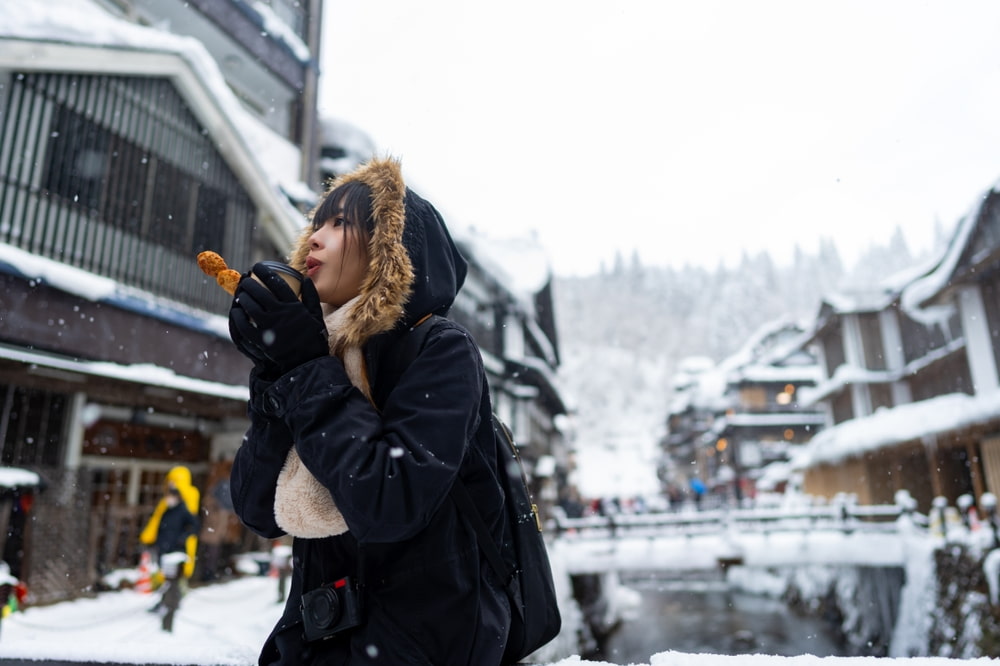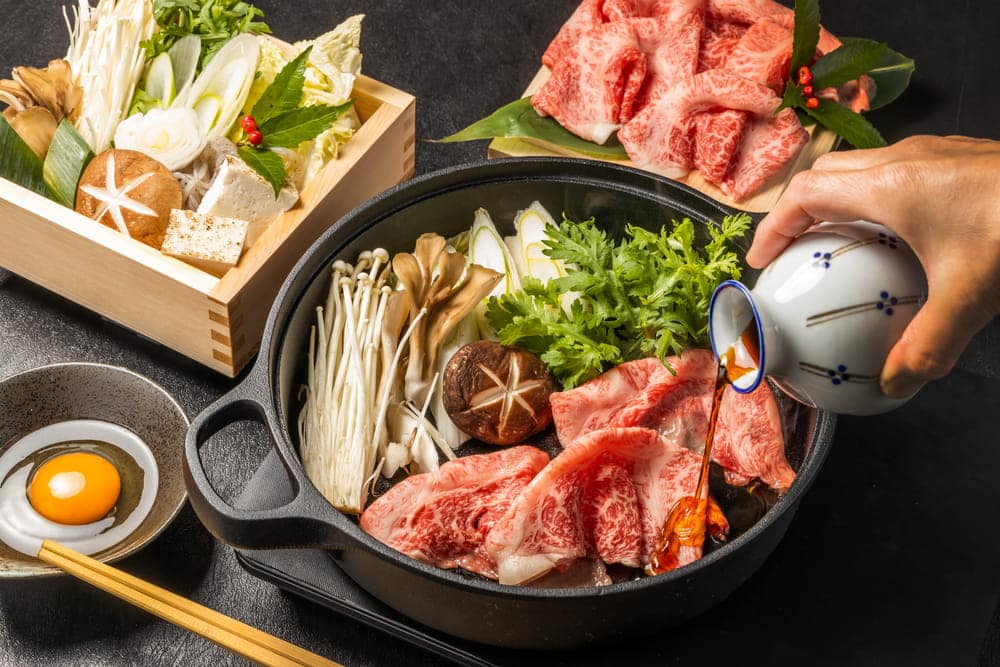
Japanese cuisine is known for its meticulous attention to detail and using ingredients to match the season. However, you might not be familiar with the way the Japanese change their food preferences according to the season, so today, we will teach you more about the delectable Japanese winter foods you simply must try.
1. Osechi Ryori
Osechi ryori are traditional Japanese New Year foods served in 3-4 square stackable boxes. The ingredients are selected according to season, and each small dish has a meaning:
- Simmered shrimps = prosperity
- Boiled vegetables and mushrooms = stability
- Snacks and pickles = new beginnings
- Kombu kelp roll with herring = promotion
- Tatsukuri (dried baby sardines) = luck
2. Toshikoshi Soba
Toshikoshi soba is a traditional buckwheat soba noodles served on New Year’s Eve. Toshikoshi means year-crossing, and soba means noodles, which makes this dish the year-crossing noodles. Japanese believe that having Toshikoshi soba on New Year’s Eve brings luck and longevity to them because the soba noodles symbolize long life and leaving bad luck behind. Moreover, Toshikoshi soba is served with toppings which each have a hidden meaning:
- Wakame seaweed = fertility
- Japanese bunching onion = prosperity
- A boiled egg = good luck
- Kamaboko = wealth
3. Mochi Dishes
Mochi is one of the most popular winter foods in Japan because it signifies wealth. Mochi is believed to be a dish from god; therefore, the Japanese like to add mochi as an ingredient to many dishes. For example:
- Ozoni
Ozoni is a Japanese hot pot soup made with mochi (rice cake), vegetables, and meats, including mushroom, carrot, radish, chicken and pork. This popular dish is traditionally served during New Year because it is full of nutrition and health benefits. Moreover, the Japanese believe that it brings good luck and longevity.
- Zenzai
Zenzai is a sweet red bean soup with grilled mochi or chestnuts that’s served hot for winter. The red beans help to warm up the body, and many believe that they bring luck and joy to the eater.
4. Oden
Oden is another Japanese winter food, and it’s easily found in convenience stores and street stalls. Oden is a hot dish that consists of several ingredients such as fish cake, tofu, konjac, and boiled egg that heat up the body and aid sleep.

5. Hot Pot Dishes
Nabe, sukiyaki, and shabu-shabu are popular hot pot dishes in winter as the soup warms the body, and it gives the family a chance to enjoy quality time together. The Japanese like to have hot pot dishes at home, incorporating the ingredients they prefer to cook. However, not all hot pot dishes are the same!
- Nabe
Nabe or nabe-mono is a Japanese hot pot with several choices of soup, such as miso, chicken broth, pork broth, or kimchi soup. This dish involves boiling everything together and eating at the same time.
- Sukiyaki
Sukiyaki is a Japanese hot pot with an intense, sweet black soup. Firstly, you grill meat and vegetables in the pan, then add them to boiling soup, and tuck in!
- Shabu-shabu
Shabu-shabu is a Japanese hot pot with kombu dashi. The taste is lighter than sukiyaki. You dip meat and vegetables into the soup to cook one by one before eating.
You can enjoy flavorful Japanese winter foods – even if you are in Thailand – at Kagonoya Chidlom, a premium Japanese shabu-shabu in Chidlom with an authentic Osaka taste. Find it at The Mercury Ville @Chidlom, next to Chidlom BTS Skytrain exit three. Car parking is also available.



